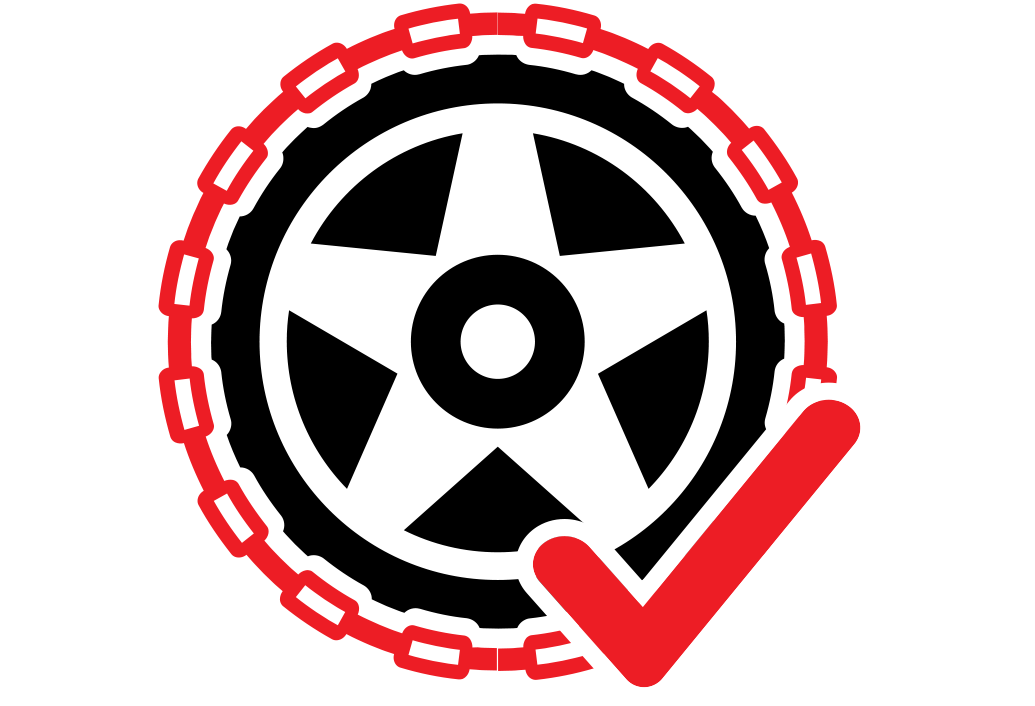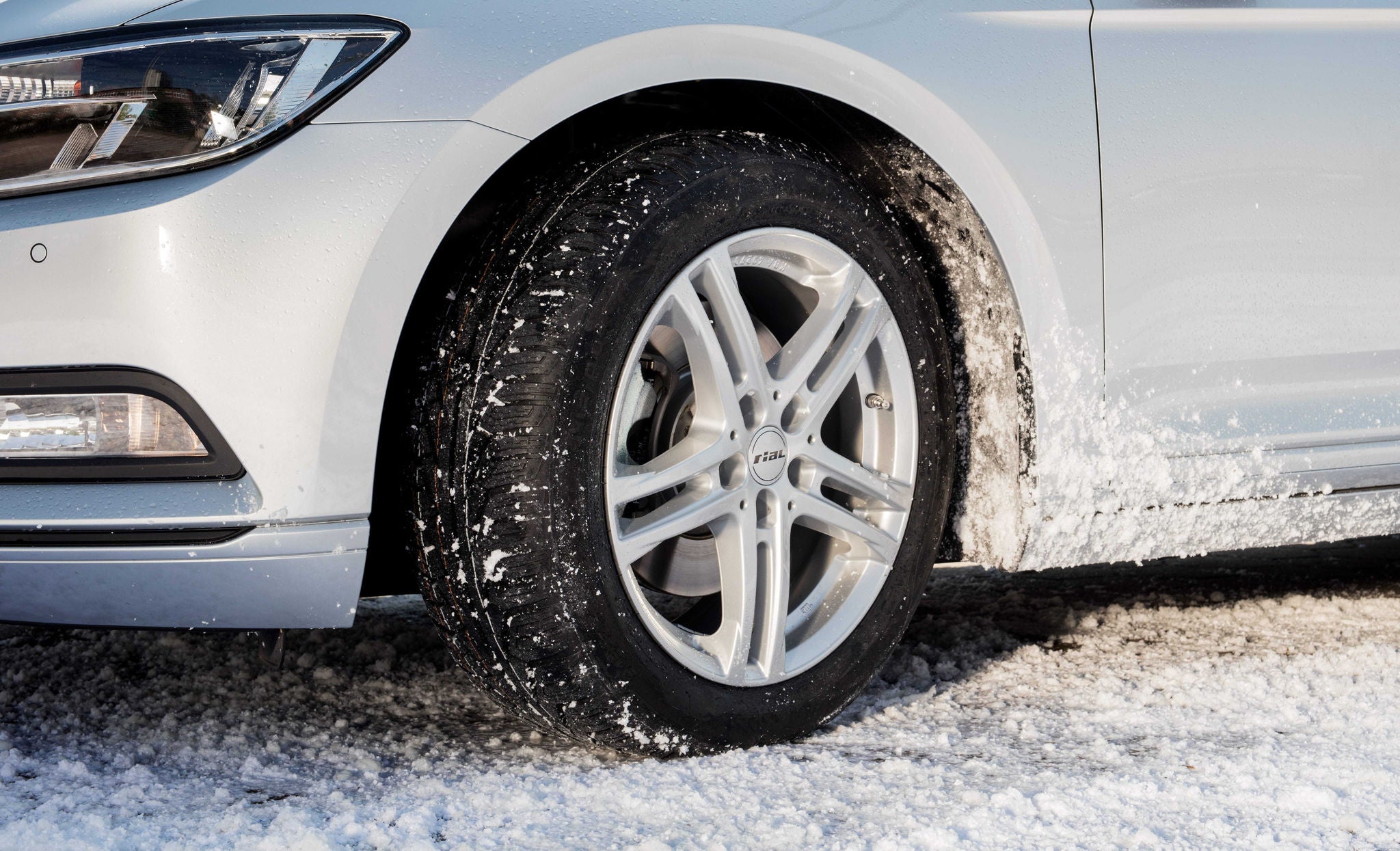
Snow chains can be fitted to most cars, SUVs and trucks. They greatly improve traction on snow and ice and can be a temporary solution when fitted over summer tyres.
They are useful, for example, if you are driving to a ski resort where the local climate is colder and icier than your usual driving conditions. It’s important, however, to check what the legal requirements are where you plan to drive as some countries insist on winter tyres while others demand snow chains are used. Equally, as snow chains can cause damage to road surfaces, there may be minimum snow coverage limits.
If they are legally acceptable, you’ll need to know all about fitting and using snow chains.
Getting the right chains

To begin, make sure that you’ve bought the right chains for your particular vehicle. You should be able to find details in your manufacturer’s handbook. Bear in mind that snow chains can be a problem on some cars. If yours has insufficient clearance between the tyre and the wheel arch/vehicle suspension you may need to consider a snow sock or find a manufacturer that can cater for your particular make and model.
Once you’re happy with the clearance at the back of the wheel and between the road surface and the wheel arch, you need to buy chains that are suitable for your tyre dimensions and vehicle weight/power.
Snow chains are sold in pairs and are usually fitted to the drive wheels. Again, check with your manufacturer’s handbook for advice. While some people consider two chains to be enough, two pair will be better.
Checklist for fitting and using snow chains
- Check your vehicle is suitable for snow chains
- Find out what the regulations are where you plan to use them
- Practice fitting them ahead of your journey
- Drive smoothly and slowly (max 30 mph)
- Check for damage regularly and clean and dry chains after use.
Fitting and using show chains
Don’t wait until you’re about to climb a snowy mountain road to try your snow chains out for the first time. Although they’re relatively easy to fit, practice is extremely important. Follow the instructions carefully on the packaging and contact the supplier if you have any questions.
In most cases you will need to turn off your car’s traction control/anti-skid once you’ve fitted your snow chains, but check your handbook for advice.
To prevent the chains from braking, avoid any sudden movements. Pull away gently and drive carefully and slowly, avoiding harsh acceleration and braking.

Related Topics
-
 2023/03/31The tread depth of your tyres is crucial when you drive through snow and black ice. Read our useful winter tips for safe driving.How to drive in snowRead more
2023/03/31The tread depth of your tyres is crucial when you drive through snow and black ice. Read our useful winter tips for safe driving.How to drive in snowRead more -
 2023/03/31How to keep your car winter-proof: checking your oil level, washer fluid and coolant as well as tyre pressure, wiper blades and vehicle lights.Preparing your car for winterRead more
2023/03/31How to keep your car winter-proof: checking your oil level, washer fluid and coolant as well as tyre pressure, wiper blades and vehicle lights.Preparing your car for winterRead more -
 2023/03/31What do you need to know about driving on black ice? Visit our page and read our tips to help you drive in icy conditions.How to drive in icy conditionsRead more
2023/03/31What do you need to know about driving on black ice? Visit our page and read our tips to help you drive in icy conditions.How to drive in icy conditionsRead more